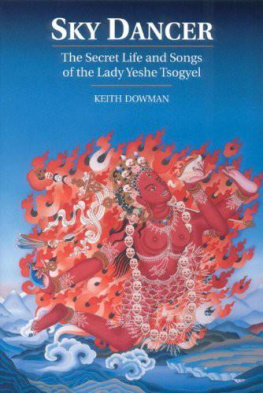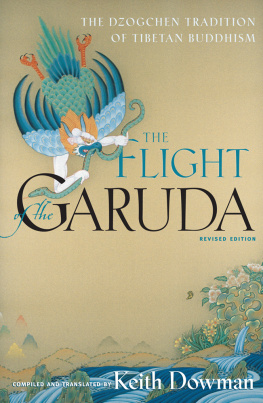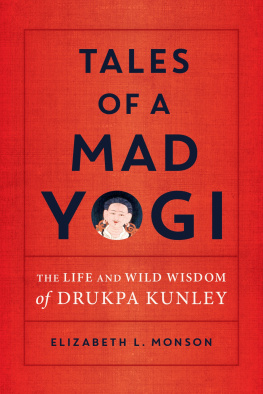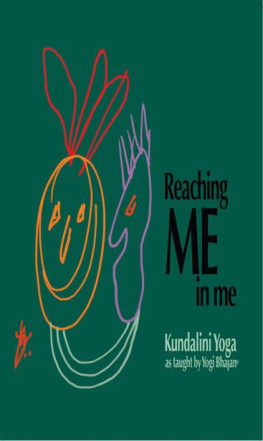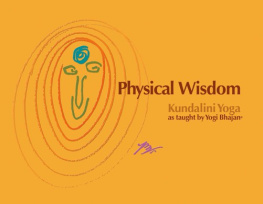This third edition of the Divine Madman is long overdue. As an effective and profound antidote to the overenthusiastic devotion that western Vajrayana Buddhists tend to bestow upon their lamas, the Drukpa Kunley legends are, perhaps, more relevant now than in the period immediately after the original publishing date of this English translation in 1980. Although an antidote to cloying Buddhist lama-worship, the book became a manual exciting emulation by at least one Hindu cult figure and the subject of lengthy academic treatises in the West besides. Several attempts to make a motion picture of it have failed to get out of the notional stage. It appears that there is no one else like Drukpa Kunley in Himalayan or Buddhist literature for humour, complexity and profundity. Peer match
The Kingdom of Bhutan has undergone a radical change since publication of the first edition. The king has abdicated in favour of a constitutional monarchy presided over by his son. The tight-bordered policy was effective in keeping the country under wraps to some extent, but could not prevent the medieval Himalayan kingdom from falling into modernity. The likelihood of Bhutan producing a latter-day Drukpa Kunley is fading by the day although his ethos and his humour and his sexual libertarianism remain. Of course, it is impossible that these days a Drukpa Kunley could come out of Tibet.
I have done little to alter the original text . I have not edited out the rather quaint stylistic characteristics of the original, such as the somewhat anachronistic vocabulary, the prudish choice of euphemisms for sexual parts and functions, or the capitalisation, italics and small caps or discarded modes of Tibetan transliteration like Rimpoche and Dzokchen (both of which I still prefer though forced into modern publishers standardisation). I have also retained the outdated vocabulary for Buddhist and Dzogchen technical terms both in the text and footnotes with their somewhat nave and tendentious tone.
If this third offering of Drukpa Kunleys mystique to the western world inhibits the stumbling of the devotees of Himalayan religion into literalist and fundamentalist excess, it will have fulfilled a righteous purpose.
Foreword
by Dugu Chogyal Rimpoche
The Naljorpa Drukpa Kunley was an awakened Buddha, a Master of Mahamudra and Dzokchen. I am very happy that English readers now have the opportunity to read this full account of a Tibetan mahasiddha's life. The stories in this biography are not fiction or fable the events described really happened. The lovely stories the Master left behind him are associated with existing landmarks, temples, and homes. Ever since Tibet has been closed to us, the pilgrim can still find faith in the Naljorpa's power places, and see his belongings, in the eastern Himalayas. This biography is full of inspiration.
The biographies of Tibetan saints are written in three di stinct styles. The 'external biography' gives us factual information about the saint's life: where he was born; his youth; how the change in his mind took place; how he renounced the eight worldly preoccupations (praise and blame, loss and gain, pleasure and pain and notoriety and fame); how he gained an understanding of karma; how he met his teacher and took refuge in the Lama; how he practiced his moral precepts, study, and meditation, to gain both relative and absolute compassion; how through the maintenance of his samaya vows and his accomplishment of the two stages of Tantric practice, he brought his body, speech, and mind to full enlightenment. The external stories embody his teachings to common disciples and beginners, and show the events of his life in terms of ordinary perception.
The 'internal biography emphasizes the inner life, describing the universe in terms of meditation exper ience, stages of realization, Deities, Dakinis, Yidam and Buddhas and their Pure Lands. It describes spiritual evolution in terms of veins, subtle energies, and the essential, elemental body (rtsa rlung thig-le).
In this work the stories are written mostly in the style of the secret biography. Here the Lamas life is fully r evealed in terms of his perfect activity, and there is no distinction made between external events and the inner life. The path of development has ended, and with complete abandon, the Master is seen fulfilling the highest goal. He works without any discrimination, inhibition or selfish motivation, to give meaning to other people's lives. It is called 'secret' because without having realized the Lama's state of mind, we cannot understand it, and because traditionally such literature is kept hidden away from people who are following a pure Hinayana discipline or the path of Mahayana altruism. An uncensored account of the Lama's activity is likely to raise all sorts of doubts and fears in the minds of devotees. Also, it is secret, a mystery, because a Buddha's existence resolves the paradoxes and dualities of being. The way Drukpa Kunley acts makes us understand how the Three Precepts of the Three Vehicles (Hinayana, Mahayana and Vajrayana) can be combined without any contradiction.
We should understand that in his secret bio graphy Drukpa Kunley takes his consorts like Milarepa, who took Tseringma to assist him in the final production of co-emergent bliss and wisdom in enlightenment. Wherever the Master finds his consorts, his great bliss awakens the Dakini's natural insight. Saraha, after a long tenure at Nalanda University, took an arrow-smith's daughter (a Dakini) as his consort, and said: Only now am I truly a pure Bhikshu.
Drukpa Kunley's life shows us a liberated mind that is free from the preconceptions, preferences, bias, and mental activity that binds us in tension and fear, and shows us a way of life that frees us from emotional attachments and family ties. He gives us a vision of mad indiscipline and free wandering, and having acco mplished the goal of his Dharma in one lifetime, he demonstrates a deceptively simple example and inspiration. His behaviour shows us the result of the practice of Milarepa's precept: Concerning the way to pursue your inner search, reject all that increases mind-poisons and clinging to self even though it appears good; and, on the contrary, practice all that counteracts the five mind-poisons, and helps other beings , even though it appears to he bad: this is essentially in accord with the Dharma.
Drukpa Kunley is not only revered by all the Tibetan people. He is so beloved by the Bhuta nese that they often think that his title refers to a Bhutanese origin rather than the Drukpa Kahgyu School. His style, his humour, his earthiness, his compassion, his manner of relating to people, won him a place in the hearts of all the Himalayan peoples the Sikkimese, the Assamese, the Ladakhis, the Nepalis, the Kunnupas, and the Lahaulis. He may not have been the greatest of scholars or metaphysicians, although he left some beautiful literature behind him, but he is the saint closest to the hearts of the common people, the Buddha to whom they feel most akin. For the common people it was Drukpa Kunley who brought fire down from heaven, and who touched them closest to the bone.


